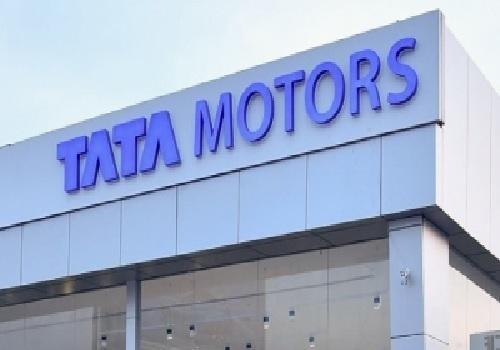
Startups fuel Executive Hiring amid $2.96 bn funding surge
India’s startup ecosystem has been witnessing a remarkable surge in funding, with venture capitalists injecting a whopping $2.96 billion into the sector in recent times. This influx of capital has led to a significant uptick in senior executive hiring, with companies scrambling to onboard top talent to scale their businesses faster. In this blog post, we’ll delve into the latest trends and statistics surrounding executive hiring in India’s startup sector.
The War for Leadership Talent
The Indian startup landscape has undergone a significant transformation in recent years, with venture capital firms pouring in massive amounts of funding to support the growth of innovative companies. This funding surge has created a perfect storm for executive hiring, with companies competing fiercely to attract top talent. According to a recent report, firms like Battery Smart, Nawgati, and Better Nutrition are onboarding CXOs (Chief Executive Officers) to scale their businesses faster.
The war for leadership talent is particularly intense in the tech sector, where companies are offering lucrative pay packages and employee stock ownership plans (ESOPs) to attract top talent. These packages can range from ₹80 lakh to ₹4 crore, making them highly attractive to executives looking to join the startup bandwagon.
Funding Surge Fuels Executive Hiring
The $2.96 billion funding surge in India’s startup sector has been driven primarily by the growth of e-commerce, fintech, and healthtech companies. This influx of capital has enabled these companies to scale their operations faster, resulting in a higher demand for senior executives.
Industry experts attribute the surge in executive hiring to the growing confidence of venture capitalists in the Indian startup ecosystem. “The funding surge is a clear indication of the confidence that VCs have in the Indian startup ecosystem,” said Rohan Agarwal, a partner at a leading venture capital firm. “This confidence is driving companies to scale faster, which in turn is creating a high demand for senior executives.”
CXOs in High Demand
The demand for CXOs is particularly high in the Indian startup sector, where companies are looking for experienced leaders to drive their growth strategies. According to a recent survey, 70% of startups are looking to hire CXOs in the next six months, with 40% of them planning to offer salaries above ₹1 crore.
The demand for CXOs is driven by the need for companies to scale faster and achieve greater operational efficiency. “As companies scale, they need leaders who can drive growth, manage complexity, and ensure operational efficiency,” said Navneet Bali, a leadership coach who has worked with several startups. “CXOs play a critical role in driving this growth, which is why they are in high demand.”
ESOPs and Pay Packages
In addition to offering lucrative salaries, startups are also offering ESOPs to attract top talent. ESOPs are a popular way for startups to incentivize their employees, as they provide a direct link between employee performance and company growth.
According to industry experts, ESOPs can range from 1% to 10% of the company’s equity, depending on the company’s size and growth stage. “ESOPs are a great way for startups to incentivize their employees, as they provide a direct link between employee performance and company growth,” said Rohan Agarwal. “This motivates employees to work harder and take ownership of their work, which is critical for the success of any startup.”
Conclusion
The $2.96 billion funding surge in India’s startup sector has created a perfect storm for executive hiring, with companies scrambling to onboard top talent to scale their businesses faster. The war for leadership talent is intense, with companies offering lucrative pay packages and ESOPs to attract top talent.
As the Indian startup ecosystem continues to grow, it’s likely that the demand for CXOs will remain high. Companies that are able to attract and retain top talent will be well-positioned to drive growth and achieve success in the long term.
Source:






